Unlike poultry and hogs, cattle raised in the U.S. still get to spend the majority of their lives outside on farms and ranches munching grass. We only ship them off to feed lots for the last 3-6 months of their lives.
Because of this, beef has yet to become as tasteless and uniform as chicken or pork.
Of course, the cattle’s time in the feedlot makes their meat far less healthy for us. The heart-healthy CLA and Omega-3 fat content drops to almost nothing, as do fat-soluble vitamins like A. The fat, marrow, organs, and meat also become contaminated with toxins — both those created internally because of their rapidly deteriorating health and those fed to them in the form of pharmaceutical drugs.
The latest such drug to quickly dominate the feed lot cattle industry is called Zilmax. It’s a growth promotant, and beef lovers are worried it may make their steaks as tasteless as chicken.
What is Zilmax?
Would you believe it was originally developed to treat asthma in humans?
Back then, it was called Zilpaterol. Then they realized that it had an unintended, but useful side effect. It was a “repartitioning agent” — a drug that changes our metabolism so that we produce more muscle instead of fat. Unsurprisingly, it was quickly banned for use at all times by the World Anti-Doping Agency, and its usefulness as a drug for human asthma patients went down the toilet.
So, of course, they re-branded it as Zilmax and started trying to sell it to feed lots as a growth-promotant.
Enter University Scientists
Researchers at universities across the country began making it their goal to convince ranchers that Zilmax was not only safe, but highly desirable. They led ranchers on tours of their research facilities.
Chronicle of Higher Education journalist Melody Peterson tagged along on one of the tours and described it this way:
Cameras rolled one day last fall as Ty E. Lawrence led journalists into a room-sized meat locker on the campus of West Texas A&M University, where bloody sides of beef, still covered with a slick layer of ivory-colored fat, hung from steel hooks. Dressed in a white lab coat, a hard hat on his head, Lawrence pointed to the carcass of a Holstein that had been fed a new drug called Zilmax. He noted its larger size compared with the nearby body of a steer never given the drug.
“This is thicker, and it’s plumper,” said Lawrence, an associate professor of animal science, pointing at the beast’s rib-eye. “This animal right here,” he said, waving his hand at the pharmaceutically enhanced meat, “doesn’t look like a Holstein anymore.”
Convincing ranchers that Zilmax will transform their cattle into bovine Schwarzeneggers has been part of Lawrence’s work ever since the drug was introduced by Intervet, a subsidiary of Merck, the global pharmaceutical company.
(source)
As much as my inner writer rejoiced over seeing cattle described as “bovine Schwarzeneggers,” the part that really got to me was Lawrence’s description of the hanging side of beef.
“It doesn’t look like a Holstein anymore.”
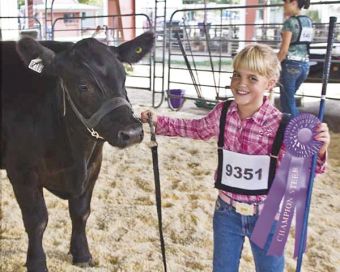
“A sales brochure touts Zilmax to children raising show cattle. The drug and others like it have been banned in the European Union and elsewhere because of concerns that they might endanger human health.” – from the Chronicle of Higher Education.
It turns out, I was not alone in my way of thinking. The beef industry itself was slow to embrace this new growth promotant, largely due to research that indicates it makes the meat less tender and marbled.
In fact, despite the growing number of feed lots using Zilmax, many large meat packers — who are responsible for slaughtering and butchering the animals for market — had stopped buying Zilmax-treated cattle because the meat was too tough.
Yet in the middle of the last year, the largest anti-Zilmax meat packer, Cargill, finally caved and started buying Zilmax-treated beef again. Their reason? They just couldn’t keep up with consumer demand unless they started buying Zilmax-treated cattle.
Now, everyone’s reluctantly jumping on board the Zilmax bandwagon. To not do so would cost megabucks. One feedlot owner elaborates:
In turn, feedlot owners find themselves in a squeeze. Allan Sents, co-owner of McPherson County Feeders in Kansas, resisted using Zilmax for years. But now he’s worried he can’t afford to continue doing so. Sents raises about 11,000 cattle at a time on his feedlot and sells many of them to National Beef. National, like many other meatpackers, determines how much to pay for many of the cattle it buys based on a number of factors, including weight and the fattiness of their meat. Each National plant grades cattle against the average amount of meat on each carcass that it slaughters, Sents said. As more of Sents’ competitors use Zilmax, the average amount of meat on each carcass at the National plant is rising, leaving Sents behind. “In essence, you’re going to be discounted if you don’t use it,” Sents said of Zilmax.
(source)
Why is Zilmax gaining in popularity despite industry reluctance?
I think we have Merck to blame for that.
They have literally strong-armed the industry into embracing this drug, and it all started with those university researchers.
Melody Peterson explains it this way:
Agriculture schools increasingly depend on the industry for research grants, a sizable portion of which cover overhead and administrative costs. And many professors now add to their personal bank accounts by working for the companies as consultants and speakers. More than two-thirds of animal scientists reported in a 2005 survey that they had received money from industry in the previous five years.
Yet unlike a growing number of medical schools around the country, where administrators have recently tightened rules to better police their faculty’s ties to pharmaceutical companies, the schools of agriculture have largely rejected critics’ concerns about industry cash. Administrators have set few limits on how much corporate money agricultural professors can accept. Faculty work with industry is governed by confidentiality rules that veil it from public view.
In certain ways, the close relationship between animal scientists and pharmaceutical companies has never served the public well. Few animal scientists have been interested in looking at what harm the livestock drugs may be causing to the cattle, the environment, or the people eating the meat. They’ve left most of that work to scientists outside of agriculture, consumer groups, and others who take interest.
But with the introduction of Zilmax, the situation may have reached a tipping point. Critics say some academic animal scientists have become so closely tied to the drug companies that they may be working more in the companies’ interests than in those of farmers and ranchers—the very groups that land-grant universities were created to serve.
(source)
By being dependent on private, industry funding, land-grant universities are no longer serving their created purpose. Instead, they are simply another arm of the pharmaceutical companies.
As these university researchers have convinced feed lot owners to experiment with using Zilmax and other growth-promotants, the feed lot owners who use the drugs have an unfair advantage over those who don’t.
And thus the spiraling use of Zilmax began, despite the way it makes beef tougher and less palatable.
What can you do?
Opt out.
That’s always the answer, isn’t it?
Just opt out. Do not eat meat of unknown origin.
Know your farmer or rancher. Buy your meat directly from them. Buy grass-fed and finished beef. Buy a quarter or a side of beef at a time, then stock up in your freezer.
It’s surprisingly affordable this way. My family splits a side of grass-fed beef each year, and we pay about $3.69/lb after processing. That’s for every cut — ground beef, rib eyes, chuck roasts, you name it. Buying those same cuts individually at a local natural food store would increase our annual food budget by $1000 or more!
And, of course, spread the word. If your friends or family complain that meat just “isn’t as tender as it used to be,” you can tell them why!
(top photo by anotherpintplease)
 |

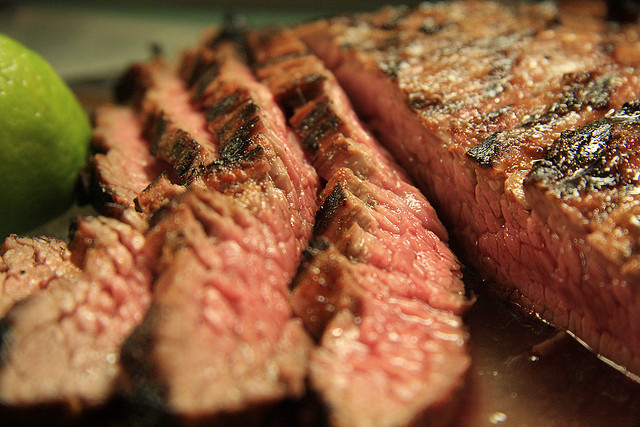


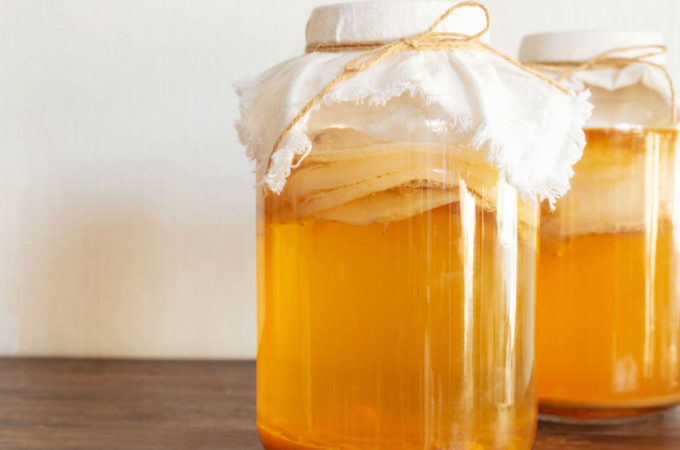
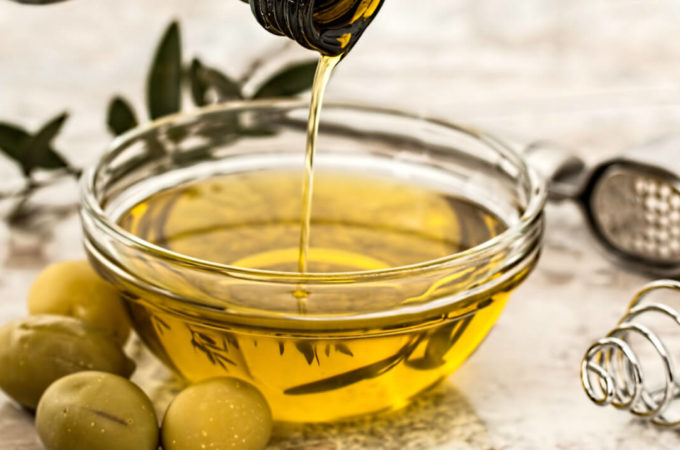
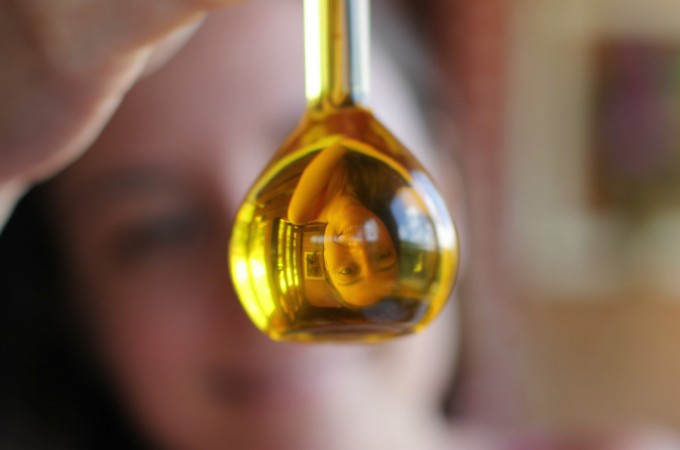

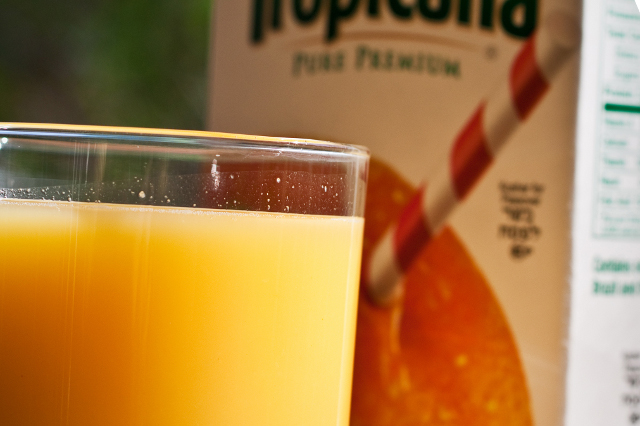
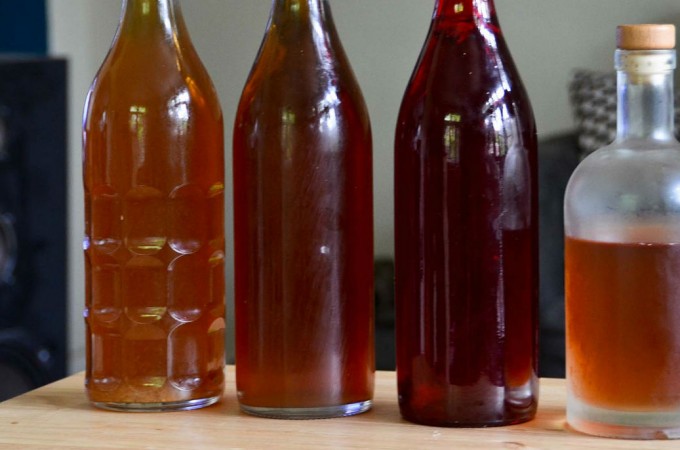





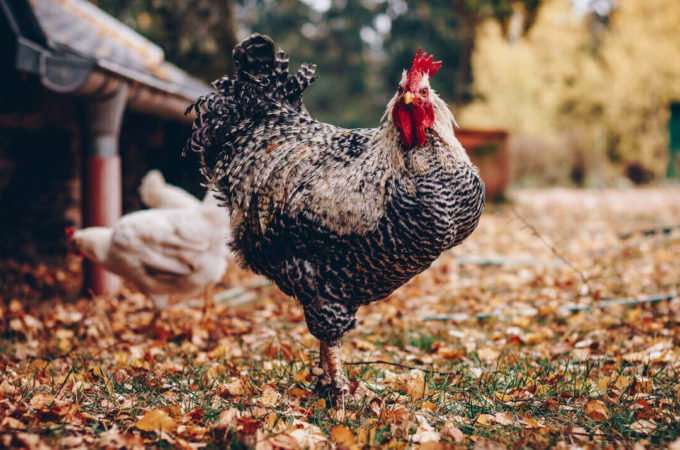

even worse is that all “finished” cows are now being fed gmo corn and soy unless they are organic. i called to “all natural” beef ranches and was told they had no choice. getting organic corn and soy would put them out of business. so they continue to call it all natural with no growth hormones and antibiotics and fail to mention that it’s being finished with gmo grains…
Yep. Yet one more reason to stick to grass-fed and finished beef from a farmer you know!
i for one cannot believe anyone chooses to eat feedlot meat anymore. YUCK! even mainstream media makes fun of how nasty it is. Hello all you want to be green people…one of the best things you can do for the environment is eat 100% pastured meat. plus you feel better and it tastes GREAT!
It’s not hard to believe when you consider how much less expensive it can be. Cost-cutter discounts on feedlot meats can run as cheap as $1/lb!
It’s not surprising that folks would balk at the $7-$10/lb price point for “organic” or “grass-fed” meats.
I just wish people would realize that it doesn’t have to be that expensive, that they can buy from the farmer directly!
So, farmers finish cows at a feedlots with grain to fatten them up and marble the steaks, but then they should give them a drug that makes the meat tougher, less marbled, and reduces health and flavor too? I think I might just stick to eating only meat I’ve hunted and killed (and processed) myself!
Sounds like a plan. 🙂
Is this illegal to use in organic meat? Just curious. This is yet another reason to eat less meat and go vegetarian. http://2ndgreenrevolution.com/2012/08/24/re-visiting-vegetarianism/
The National Organic Program does not allow any inputs. This is NOT allowed in organic beef production.
I have to eat grass-fed beef; my son has a rare protein allergy that means he is sensitive to even the corn and soy proteins that remain in the meat even through my breastmilk! We buy whole cows from my in-laws, who raise cows…and even they want to finish off the cow with grain! I’ve been having the same conversation with them for the last 7 months; it’s like they can’t fathom the idea that the grain could be that bad for us.
But they comply, thankfully, and you’re right: even with butchering costs it is much less expensive for me to eat beef than it is to eat almost anything else.
Ever since starting this “food sensitivity” journey with my children, I have learned so much about food…and most of it scares me to death! How can people not see the correlation between our food supply and the health concerns that are growing by the year in our country??
Thanks for always being informative – I’ve learned a lot from your posts. Today’s is just one more reason to continue buying whole cows!!
Pray my husband will listen. We bought a grass fed and finished calf last year.
It was tough but I bought a nice tenderizer and it works great.
Now, he wants to grain finish our next one. I do not! His only reason is the meat will be more tender. He had 2 stents put in within 5 years and has heart damage. I know he needs more Omega 3’s and we don’t eat enough wild fish to get what he needs.
Have you thought about purchasing fermented cod liver oil for your husband?
Anyone have any idea where in the Austin area I can buy grass fed finished beef in large supply for freezing?
Thanks! Kathleen
You might try the Texas Longhorn Co-Op @ http://www.txlonghorncoop.org/
There is a ‘store’ on their website, but you can contact them by email and might find someone near you that you can deal with directly.
Two great websites to search for local farmers are:
eatwild.com
localharvest.org
my understanding is that “finished’ beef is grain fed prior to butchering. that is what finishing means. they bring the cows in from the range where they ate grass their whole lives and then put them in feed lots and “finish” them on corn and soy and whatever else they choose to put in their food fat and tender asap so they can make more money. but which destroys a lot of the good and makes it a toxic poison instead!
grain finished would not be bad if the grain were organic but unknown to all of us, most of the corn and soy in the us now even in people food, called all natural cereals, et al. is gm. re: naturalnews.com
Agree, Kristen. The issue is that when most people see organic, grass fed beef (which you won’t even find at most mainstream grocery stores, by the way), they see prices that are 3-5 times higher than what they’re used to paying.
The best way we can get more people to eat better is to educate them on how to find grass-fed beef from farms close to them.
Like Jen said, Eat Wild and Local Harvest are great places to start. Most cities with farmers markets post their vendor lists on their websites too, which is how I found my current, organic, grass-fed beef farmer.
Oooh, I’m jealous of your well-priced grass-fed beef, there in Texas! I just priced out local (or semi-local: at least in my state) ranches who sell direct to the consumer (found the list at http://www.eatwild.com) and the least expensive price I could find was around $5.50/lb. We’re probably going to bite the bullet and do it, but it is requiring some serious finagling in our tight grocery budget. I’m still not sure how we’re going to swing it. But, I’m determined to make it work.
PLEASE date your stories. I have no way of knowing how recent this item is…except that the replies are dated. Thanks!
I’m not familiar with Zilmax but it sounds like ractopamine which is not new and has been used in beef for a few years now.Pork as well even though it increases stress(already a problem),and more recently approved for turkeys in the last three years.The feed name that I know of is Paylean and I thought cargill was the company distributing that.If your grass -fed is too tough we get around that by aging.Pastured poultry and pork can get more dense also a little age helps there as well.
Hi every one, here every one is sharing these kinds of know-how, therefore it’s fastidious to read this website, and I used to visit this blog all the time.
*Sigh*. I really wish they’d just stop messing around with our food.
WTH???????? We raise our own. Grass fed. But I will say, cattle do get sick! Doesn’t matter if they are on grass or feed lots. So you have to treat their illnesses with antibiotics. Don’t let anyone tell you differently.
Yes but we don’t need to give them another drug! These huge drug companies just don’t want to lose money on a drug gone bad!! Feed it to the cows! yes good idea!
Perhaps oregano oil in the water would work, or colloidal silver to kill bacteria and viruses